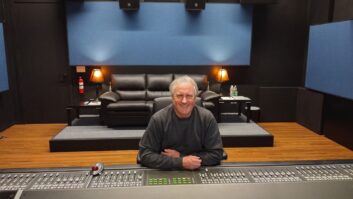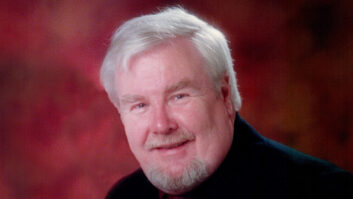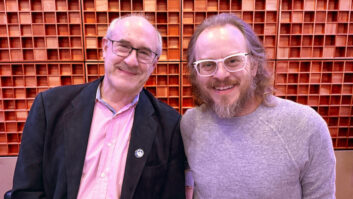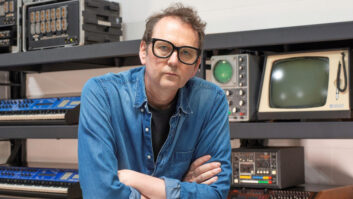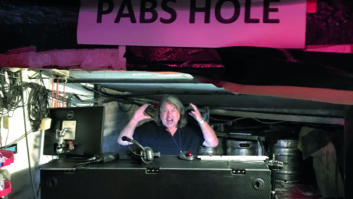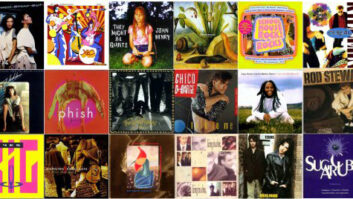
Photo by Mr. Bonzai ©1985
Grammy-winning alto-saxophonist and flutist Paul Horn, whose career spanned mainstream pop jazz to the New Age genre he pioneered, died June 29 at his home in Vancouver, Canada. His 1968 million-selling album, Inside The Taj Mahal, was recorded by Al Schmitt and is considered the quintessential New Age recording. We met in 1985; here is an excerpt from that interview.
How did you make the transition from jazz appeal to reaching such large audiences?
I did the solo flute album, In The Taj Mahal, in ’68. It came out in ’69 and became a big underground thing. It was different than anything that had been out there before—just solo flute and nothing else, and there were wonderful acoustics in the Taj Mahal, great echo and acoustics. A note could hang in the air for 28 seconds. It started a whole new trip for me.
How did you end up in India?
I was doing my own spiritual pilgrimage and spend time with Maharishi Mahesh Yogi.
Did you spend any time with the Beatles?
Yes, in 1968, when I did my album and the Beatles were there at the Maharishi’s ashram. I played music with them quite a bit, with George especially. We would play a lot of flute and sitar things. Donovan was over there at that time, too, and as a result of meeting him, I did two tours with him in ’69 and ’71.
What do you look for in new places to record?
I’m cautious about that because I don’t want it to be gimmicky. It was eight years before I did another one, in the Great Pyramid. It’s not just a sound I’m looking for, although that’s certainly part of it. There is a quality of the sound from the structure, the echoes and reverberations. There is also a spirit and a mystery of a building that becomes part of the music.
Your China album is especially interesting, with the sounds of the temple…
We recorded two solo flute albums in the Temple of Heaven in Peking, now called Beijing, right outside of the Forbidden City. It’s circular and all wooden and has its own special vibe and ambiance. I had to record at 7:30 in the morning and the temperature was around 20 degrees. It was so freezing that it’s a wonder anything happened, but you have to transcend the discomfort and forget about it.
What was it like playing for whales?
They would make sounds back to me when I played which were different each time. They pay attention and they are obviously interested in the music. Once a whale died and its mate was nearing death because of the loss. They claim that my flute playing brought the whale out of its depression.
